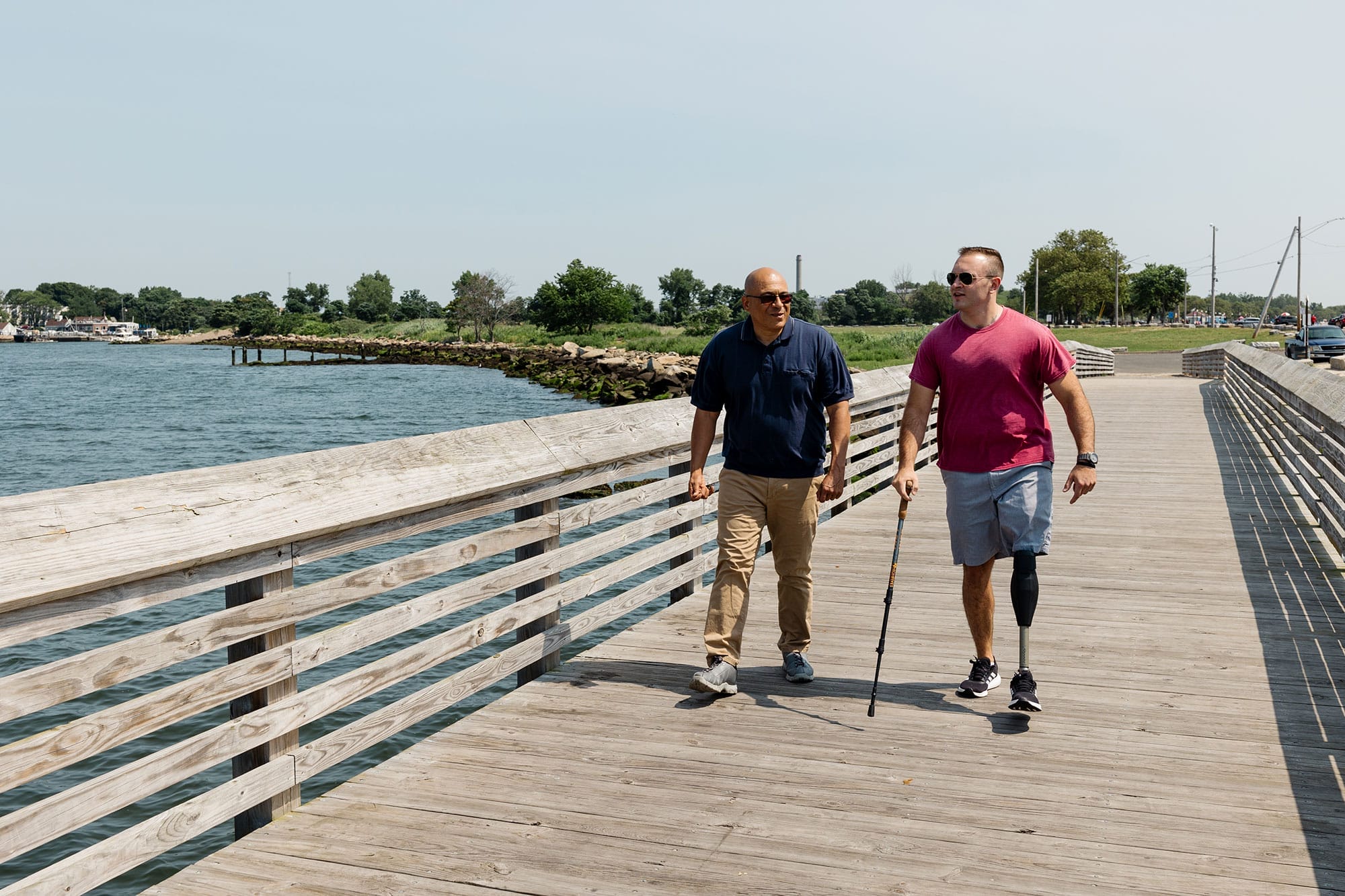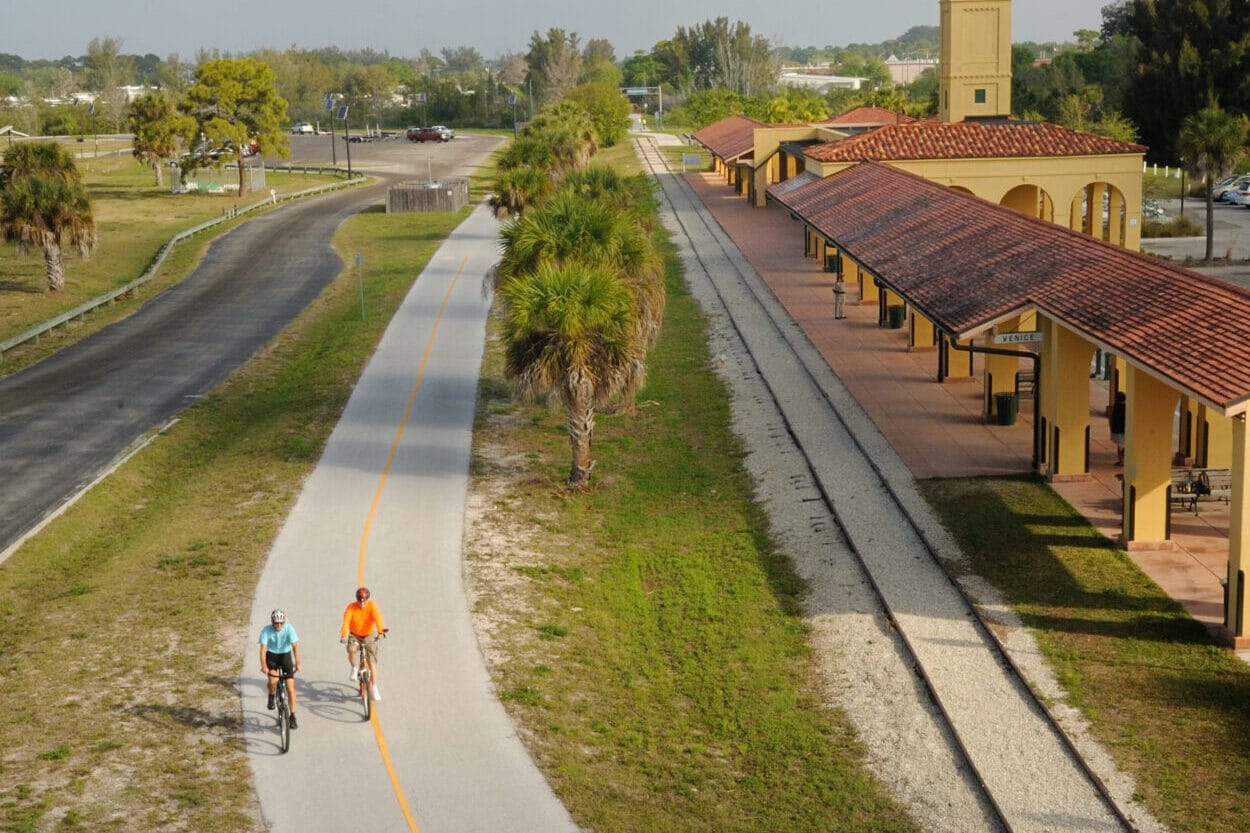
In the Puget Sound, welcoming the return of the salmon
In the Puget Sound, welcoming the return of the salmon
Every summer, a generation of salmon returns to rivers across the Pacific Northwest where they hatched. And when they do, coastal tribes from British Columbia to Oregon gather on driftwood-strewn beaches to celebrate the First Salmon ceremony, to welcome the salmon back with open arms.
It’s usually late July or early August when members of the Squaxin Island Tribe in Washington’s Puget Sound start seeing the silvery flash of adult chinook salmon swimming home. “The first person who catches a chinook, they donate it, and we get the word out to our tribal people and any nontribal neighbors who want to come that it’s time,” says Joe Peters. He’s a fisheries biologist and Squaxin Island member who’s attended the First Salmon ceremony all his life.
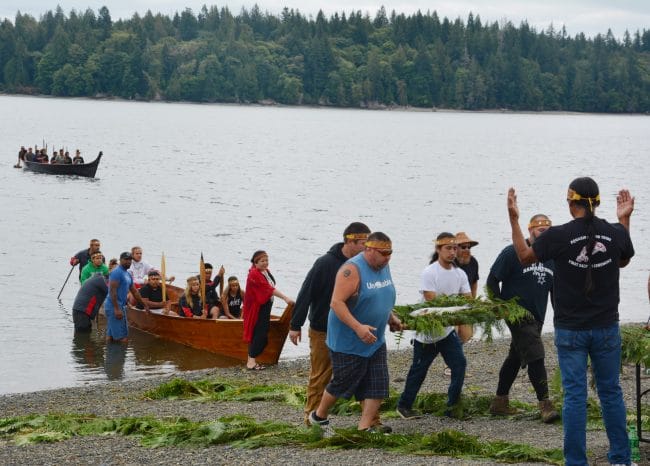 When chinook salmon return to the rivers that feed the South Puget Sound, members of the Squaxin Island Tribe gather on the beach to welcome them back. Coastal tribes from B.C. to Oregon celebrate the First Salmon ceremony throughout the year. Photo credit: Squaxin Island Tribe
When chinook salmon return to the rivers that feed the South Puget Sound, members of the Squaxin Island Tribe gather on the beach to welcome them back. Coastal tribes from B.C. to Oregon celebrate the First Salmon ceremony throughout the year. Photo credit: Squaxin Island Tribe
At noon on the appointed day, a canoe paddled by the tribe’s youth brings the first salmon to shore on a bed of cedar boughs. The salmon is filleted, then the carcass is brought back out into the sound and released. The first salmon is cooked over the fire, along with a feast of clams, fry bread, and more fish. “We want every person there to get a little taste of that first salmon,” Peters says. “We believe it gives you good luck.”
Salmon always has been—and still is—a dietary staple for coastal Northwest tribes, but its place in many of the region’s indigenous cultures runs deeper than food. “Fishing is a way to earn an income for households, or feed families,” says Jeff Dickison, head of natural resources management for the tribe. “But you can’t just put a price tag on it. It’s about continuing what forefathers have been conducting for thousands of years, as a family, as a community.”
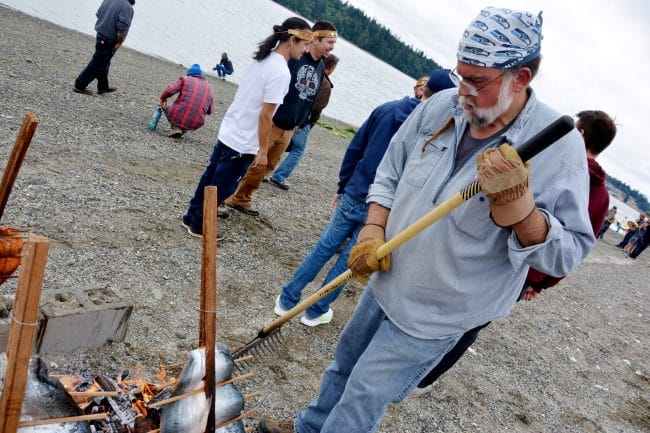 The Squaxin Island Tribe invites neighbors, regardless of whether they’re enrolled in the tribe, to witness the First Salmon ceremony and join the feast. The salmon cooks on sticks in a traditional method passed down through families.Photo credit: Squaxin Island Tribe
The Squaxin Island Tribe invites neighbors, regardless of whether they’re enrolled in the tribe, to witness the First Salmon ceremony and join the feast. The salmon cooks on sticks in a traditional method passed down through families.Photo credit: Squaxin Island Tribe
Among many other things, the First Salmon ceremony is a promise to take good care of the forests and rivers around their home. But as western Washington’s population grows, that’s getting harder to do.
“This area has some of the last affordable waterfront and view property in the entire Puget Sound,” says Patti Case. She works for Green Diamond Resource Company, a timber outfit that’s operated in the region since 1890. Today, the southern reach of Puget Sound remains rural, its economy dominated by timber and shellfishing—in stark contrast to the dizzying tech-fueled growth in the Seattle metro, just across the sound. But as millions more people move to the region, its rural future is uncertain.
“We’re facing development pressure,” says Case. “And as we look ahead ten years—or a hundred years, as foresters do—that’s just going to get more intense.”
Green Diamond, which owns over 300,000 acres in Washington, could make more money in the short term selling much of its land for development. But the windfall would obscure the heavy toll of development—for the timber industry, and for the rural way of life, clean water, and open space that Mason County residents still enjoy.
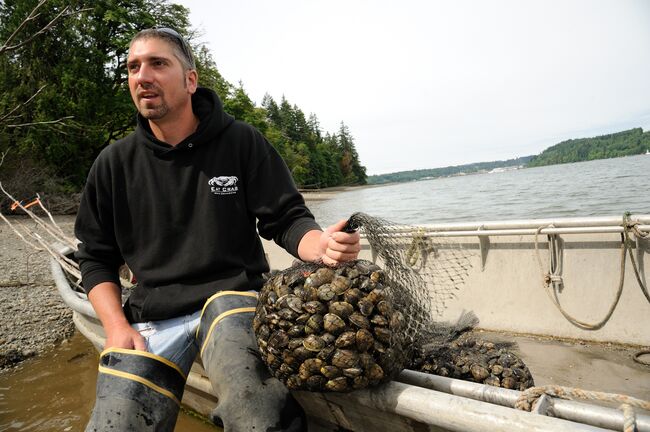 Taylor Shellfish Company is the largest shellfish farm in the U.S. Their clams and oysters thrive in Mason County, thanks to the healthy forests and clean rivers that flow into the south Puget Sound.Photo credit: Darcy Kiefel
Taylor Shellfish Company is the largest shellfish farm in the U.S. Their clams and oysters thrive in Mason County, thanks to the healthy forests and clean rivers that flow into the south Puget Sound.Photo credit: Darcy Kiefel
Not least among these residents? The salmon that the Squaxin Island Tribe welcome back each summer. Though they spend most of their lives far out in the ocean, salmon need cold, clean rivers and streams to spawn, hatch, and grow.
“If this were all suburbia, you’d have cars and lawns and septic systems dumping pollutants into the rivers. Without trees, the sun hits right on the water and heats it up,” says Dickison. “With modern forestry practices, on a 50- or 60-year harvest cycle and with good buffers around streams, you can keep the rivers healthy, and that’s better for salmon.”
So when the tribe’s leadership found out The Trust for Public Land was working with Green Diamond, the Washington Department of Natural Resources, and the Forest Service to conserve working forests in Mason County, they threw their support behind the deal. In July 2018, The Trust for Public Land protected over 7,000 acres of Green Diamond’s forests, ensuring it will never be developed, and guaranteeing permanent public access to miles of trails and roads. It was the second of a three-phase effort to safeguard 20,000 acres of working forest in the region.
 Mason County, at the southern end of Puget Sound, is a landscape of working forests and fisheries. But as development inceeases, the timber industry, tribes, and conservationists are working together for clean water, sustainable timber, and fish.Photo credit: Justin Reznick
Mason County, at the southern end of Puget Sound, is a landscape of working forests and fisheries. But as development inceeases, the timber industry, tribes, and conservationists are working together for clean water, sustainable timber, and fish.Photo credit: Justin Reznick
Joe Peters says partnerships to protect working forests are one way the tribe keeps the promise made during the First Salmon ceremony. “The story of the ceremony is, we’re honoring the salmon by treating it well, and treating the surrounding environment well. If we do, we hope it will go back to the salmon people, and tell them we’ve taken good care of it,” he says. “Then they will come back in plentiful numbers to feed us—and the bears and other wildlife, and bring nutrients to the forest.”
Peters says that responsibility is present every time he takes his boat out in the sound. “I’m teaching my kids where to go, and how to look for fish, and how to see them,” he says. “But it’s also how to be when we’re out on the water. We’re picking up trash, and we’re handling our catch gently, with respect.”
“We’re trying to teach our people that it’s circular. We’re linked to the fish: salmon is interconnected with our ancestors and ourselves.”
This raw, beautiful landscape in Southern California is home to Indigenous heritage sites, and it provides critical habitat for threatened and endangered species. Urge President Biden to safeguard this extraordinary landscape today!


Donate to become a member, and you’ll receive a subscription to Land&People magazine, our biannual publication featuring exclusive, inspiring stories about our work connecting everyone to the outdoors.
See how our supporters are helping us connect people to the outdoors across the country.




